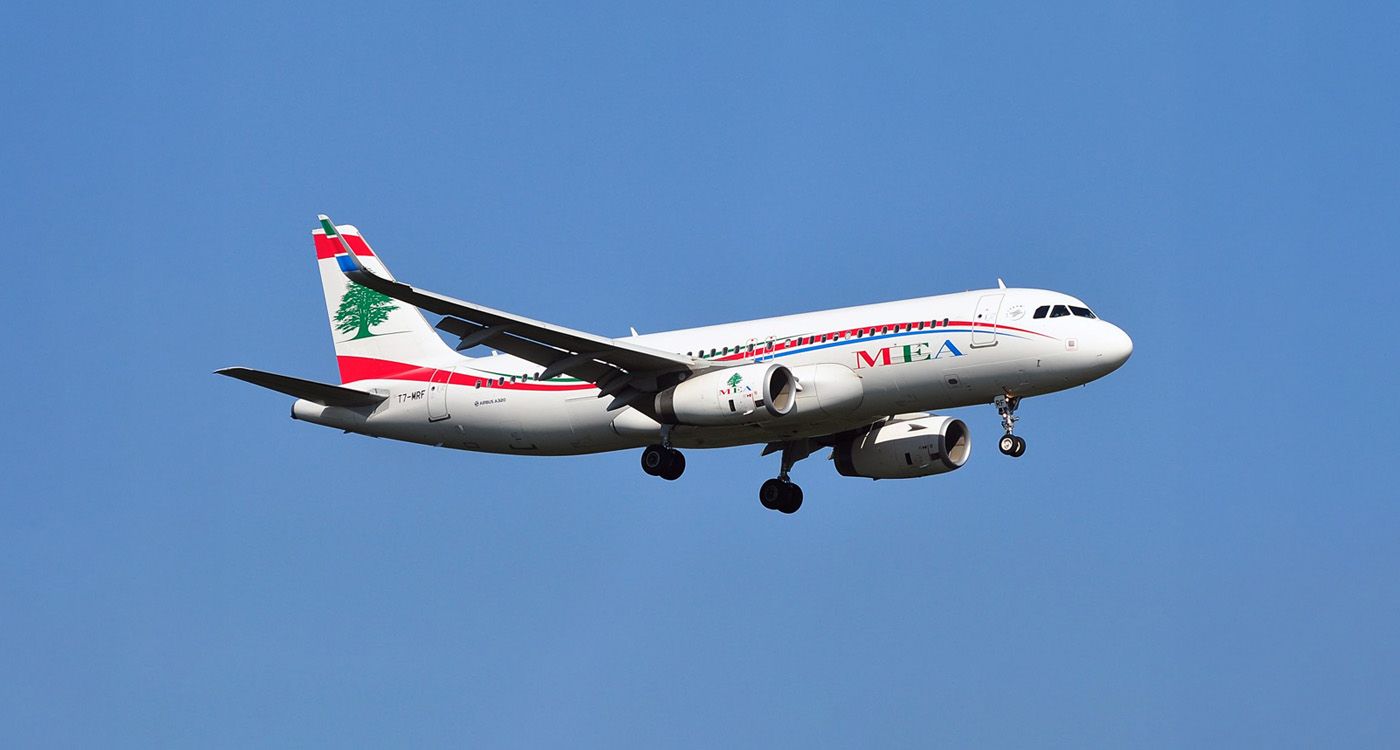
An alternative airport is no longer a matter of opinion – it’s an urgent necessity.
As in every summer, Beirut-Rafic Hariri International Airport (BIA) is overwhelmed by waves of Lebanese expatriates returning home for the holidays. This year’s record influx has turned the terminals into overcrowded hubs. Long queues stretch before the General Security counters, where wait times drag on. Congestion peaks when multiple flights simultaneously land, instantly flooding arrival areas. Fatigue and impatience among the crowds fuel chaos, exposing the severe limitations of an overstretched infrastructure.
In July 2025 alone, passenger arrivals at the airportrose 15.3% year-on-year. Air traffic also saw a significant increase: flights operated by the national carrier MEA and other Arab and international airlines grew by 5.75%. Overall, 2,997 planes landed (+5.82%) and 2,993 took off (+5.68%), underscoring the mounting pressure on Lebanon’s only airport.
Beirut Airport Operating Beyond Capacity
BIA, originally designed for six million passengers annually, is now operating at full capacity. The aging facility urgently requires maintenance, rehabilitation, deep cleaning and a comprehensive overhaul. Even a minor security or technical issue can ground the country’s entire air traffic. Lebanon remains dependent on its sole operational airport, a vital national lifeline. Any disruption generates a bottleneck that severely impacts the economy, trade and mobility. Relying on a single airport for the whole country is a strategic vulnerability Lebanon can no longer afford.
Expansion Plans Moving Forward
Following the lifting of the travel ban on Lebanese nationals by the United Arab Emirates (UAE), Minister of Public Works and Transport Fayez Rasamny revived the airport’s expansion project. Though details remain limited, he confirmed the plan is technically finalized and ready for implementation. The expansion aims to gradually increase capacity and improve passenger services, but its implementation depends on operational and technical priorities.
In the meantime, several immediate improvements have been made in anticipation of the main project. These include refurbishing access roads, introducing 1,000 new baggage carts, renovating the VIP lounge and reorganizing the taxi service.
An Old Project Back on Track
Initially launched in 2018 under Saad Hariri’s government, the Beirut Airport expansion project was put on hold amid the 2019 crisis. Najib Mikati, his successor, prioritized reviving the plan despite difficult economic conditions. The government allocated $5 million to the Council for Development and Reconstruction (CDR) to launch the “Fast Track” initiative at the western terminal, aiming to streamline passenger flow and increase the airport’s annual capacity by one million travelers.
Halted during the crisis, construction resumed in August 2024, breathing new life into this vital project meant to relieve congestion at Lebanon’s only airport, which currently operates beyond capacity.
Kleiate Airport: A Pressing Question
This raises a crucial question: what is still delaying even basic rehabilitation work on the only operational runway at Kleiate Airport, also known as Rene Mouawad Airport?
Especially given that the feasibility study and master plan, generously provided by Dar al-Handasah, were completed and submitted to authorities as early as May. Why then delay issuing the tender until October, as indicated by Prime Minister Nawaf Salam and Minister Rasamny?
The political climate is favorable for decentralizing air traffic and alleviating pressure on BIA. This opportunity should be seized, not sacrificed under the pretext of preserving north-south geographic balance. If missed now, it may not present itself again anytime soon.
Lebanon, a country with a vibrant tourism sector supported by an engaged diaspora, cannot afford to ignore this strategic chance to revitalize its aviation industry.
For comparison, Cyprus and Corsica – both much smaller in size – have three and five airports respectively. Why shouldn’t Lebanon follow suit?





Comments